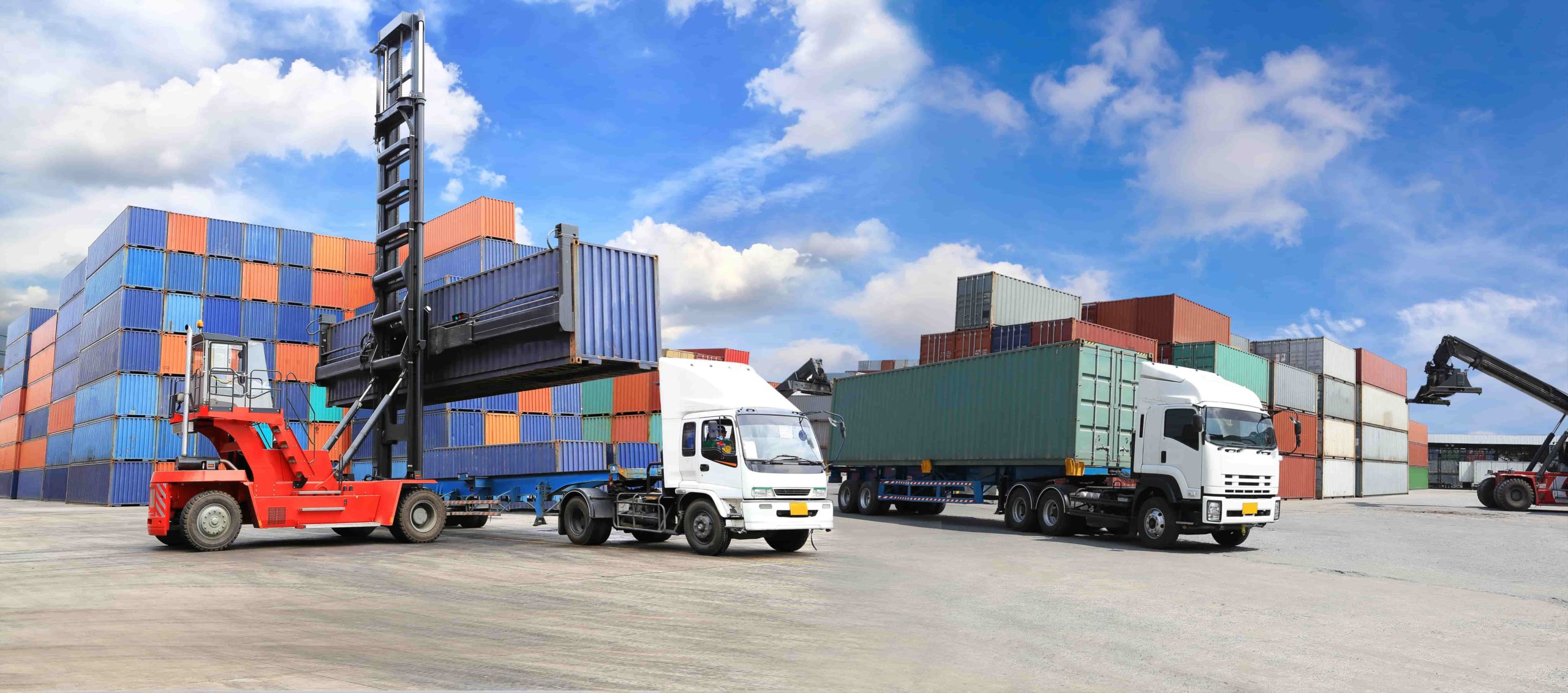Image Source: Google
As technology continues to advance at a rapid pace, the idea of faster-than-light (FTL) transport has captured the imaginations of many. The concept of traveling beyond the speed of light, allowing us to explore distant galaxies and potentially colonize other planets, is a thrilling prospect. In this article, we will delve into the world of FTL transport technology, exploring the current advancements, challenges, and future possibilities of navigating the stars.
The Need for FTL Transport
Current Limitations of Space Travel
- With current propulsion systems, traveling to even the closest star systems would take hundreds or thousands of years.
- Human life span and resources limit the feasibility of interstellar travel with conventional technology.
Potential Benefits of FTL Transport
- Exploration of distant galaxies and planetary systems.
- Opportunities for interstellar trade and communication.
- Potential for colonization of habitable exoplanets.
Challenges in FTL Transport
Theoretical Constraints
- Einstein's theory of relativity suggests that nothing can travel faster than the speed of light.
- Overcoming the energy requirements for FTL travel poses a significant challenge.
Navigation and Safety Concerns
- Accurate navigation in the vastness of space at FTL speeds is a complex problem.
- Ensuring the safety of passengers and crew during FTL transport is a critical consideration.
Advancements in FTL Transport Technology
Warp Drives
- Alcubierre drive proposes a method of warping spacetime to achieve FTL travel.
- Research continues into the feasibility and practicality of warp drive technology.
Hyperdrive Systems
- Hyperspace or hyperdrive systems involve accessing alternate dimensions to travel faster than light.
- Experimental prototypes of hyperdrive systems are being developed in research laboratories.
The Future of FTL Transport
Interstellar Missions
- Organizations like NASA and SpaceX are exploring the possibility of interstellar missions using FTL technology.
- Robotic probes equipped with FTL drives could be sent to explore nearby star systems.
Colonization Efforts
- FTL transport could revolutionize the prospect of colonizing distant exoplanets.
- Establishing human colonies on habitable planets may become a reality with advancements in FTL technology.
Conclusion
While the idea of FTL transport technology may still seem like science fiction, ongoing research and advancements suggest that it could one day become a reality. Navigating the stars and exploring the vast universe beyond our solar system is an exciting prospect that holds immense possibilities for humanity. As we continue to push the boundaries of technology and scientific understanding, the dream of faster-than-light transport may one day lead us to new frontiers and discoveries beyond our wildest imagination.

